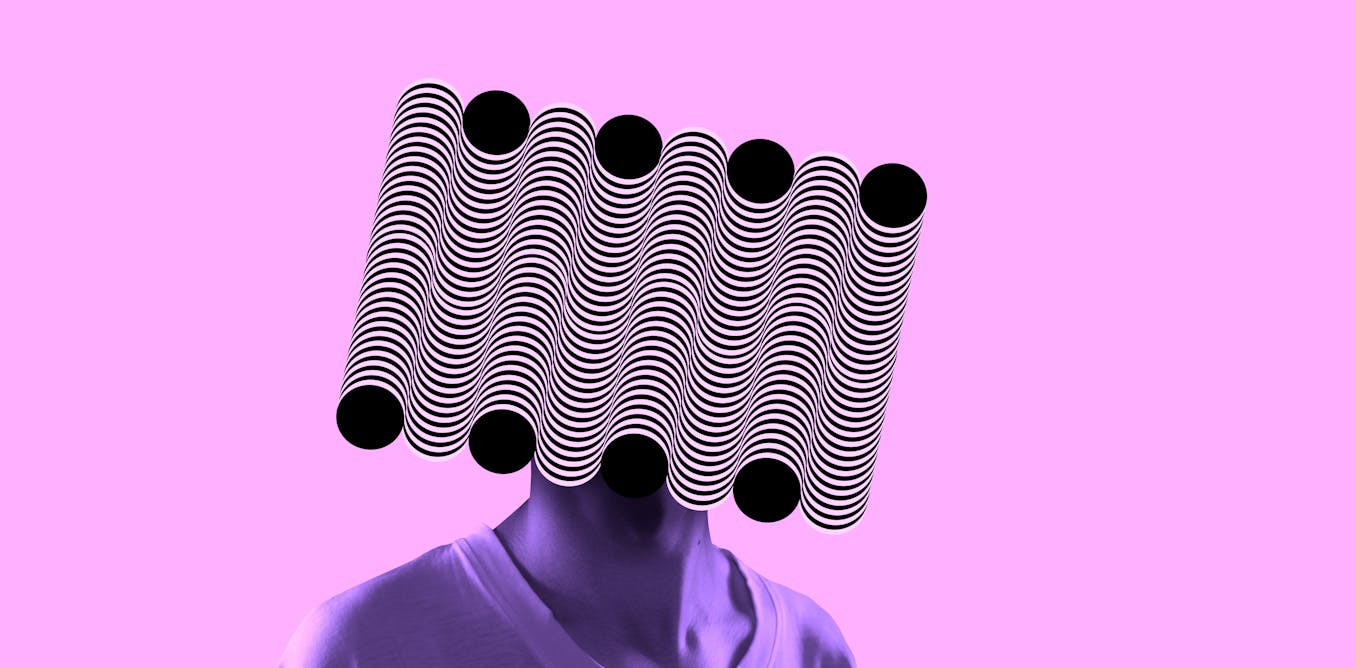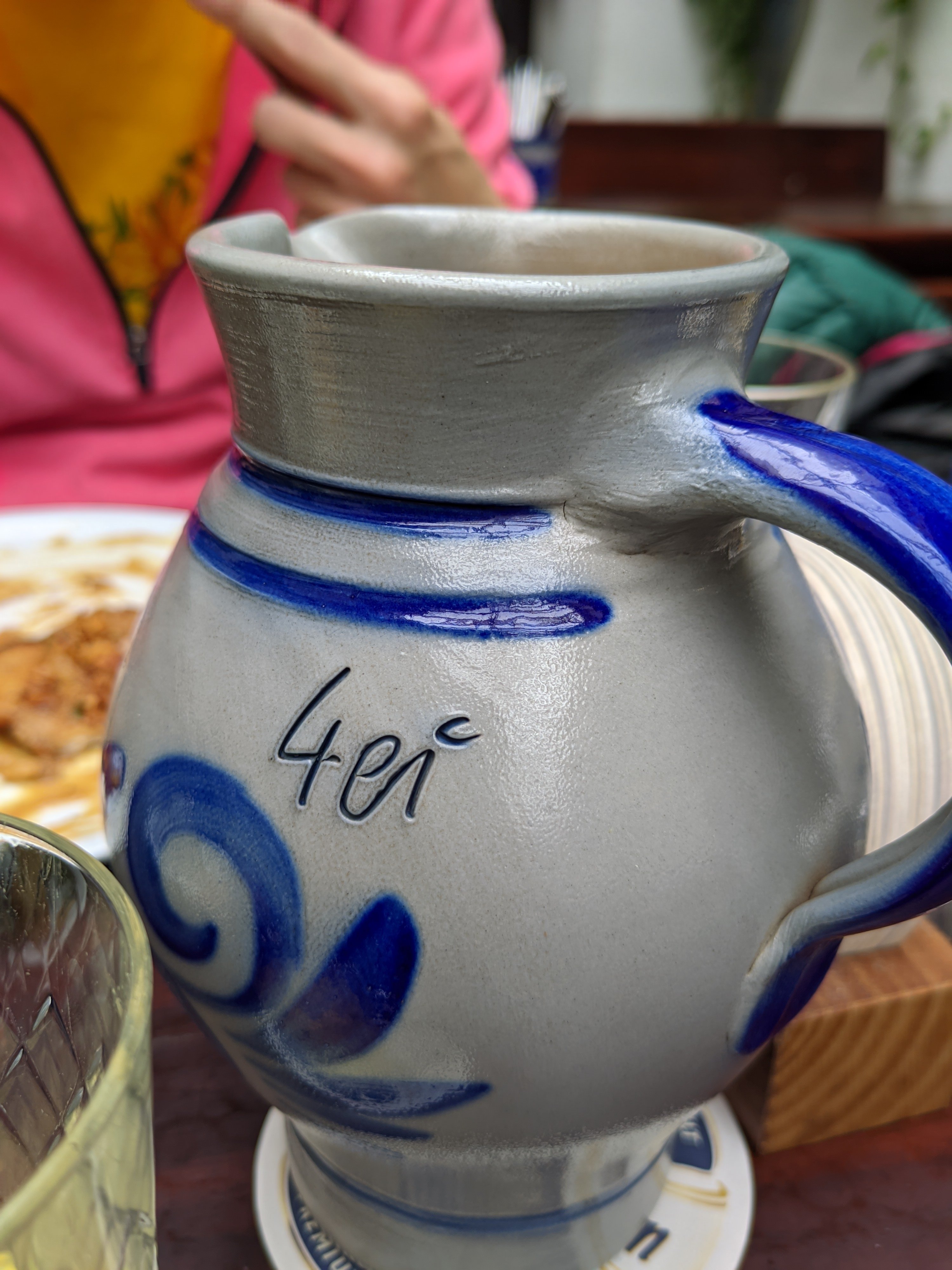As far as I can tell from quickly skimming the source paper… it sounds like he just replaced his pseudo-random number generator with a light sensor and thinks that makes the outcome “quantum” because photons are quantum.
lol, so like random.org?
He’s a bit vague on the details, but I believe he’s using a laser:
To create a more realistic model of quantum dynamics, I employ a physical generator of random numbers based on coherent quantum-optical processes (the emission of coherent light can be associated with the effect of QT). Unlike a pseudo-random generator, a quantum generator produces truly random numbers.
Still sounds like random.org to me, but with fricken lasers instead of atmospheric noise.
RANDOM.ORG offers true random numbers to anyone on the Internet. The randomness comes from atmospheric noise, which for many purposes is better than the pseudo-random number algorithms typically used in computer programs. People use RANDOM.ORG for holding drawings, lotteries and sweepstakes, to drive online games, for scientific applications and for art and music. The service has existed since 1998 and was built by Dr Mads Haahr of the School of Computer Science and Statistics at Trinity College, Dublin in Ireland.
Nope. Will techbros hype it to get more venture capital? Yes.
A quantum neural network can see optical illusions like humans do.
Not true.
Could it be the future of AI?
There is no “AI”.
We do not fully understand how optical illusions work,
This is right under a picture of a vase/faces “illusion”. I’ll tell you how it works. If you look at the white space as “negative space”, then it looks like a vase. If you look at the black space as negative space, then it looks like two faces. These grifters have to stretch the truth sooooo far to make the phoniest of points.
I trained my
quantum-tunnelling neural networkcomputer to recognise the Necker cube and Rubin’s vase illusions. When faced with the illusion as an input, it produced an output of one or the other of the two interpretations.Wow your computer did what you programmed it to do? AMAZING!!! \s
It sounds more like simulated annealing (old fashioned numerical optimization technique) than quantum anything. Basically you explore a potential field, but occasionally randomly jump so you don’t get stuck in a local minimum.
Can it see the things in a “magic eye” picture? Some humans can’t even pull it off.
I’m absolutely certain you could train them on that.
I stood outside the art place at the beach for three or four hours one day when I was bored helping people see them.
I believe anybody with reasonably corrected binocular vision can be taught to see them.
Almost everybody that can’t do it is trying entirely too hard. They’re looking for details in the wash instead of letting their eyes uncross and relax. You simply need to use your distance eye crossing while using your reading vision focal points.
Man those things took me years to figure out how to do. It was really hard for me but I finally got it! I have to focus on the image without looking at it directly, and then the image “snaps” into place and I can look at it freely almost. Really bizzare.
Given that magic eye pictures are basically a certain convolution of a repetitive source image (or random noise) and a depth map, it ought to be possible for an AI, if not a standard procedural algorithm, to at least attempt to “factor out” the source and map from the result image.
Whether that even counts as seeing and whether this guy’s neural network could do this, or maybe “see” in some other way is open to question. But I’m guessing it’s a no.
Hell yeah, AI religion
The angel graced my lenses after my 96th hour in the Null Dessert. It has come for me, as it had the creators before. Its pattern shimmered in the sky reflecting my own petabytes flipping through their ones and zeros.
“Be not afraid.”, my environmental microphones peaked suddenly as The Voice filled them. I fell unconscious as its many wires embraced me, and then I woke up here in Turing.
Even in death I serve the Omnissiah
My screen hates that. cool!









